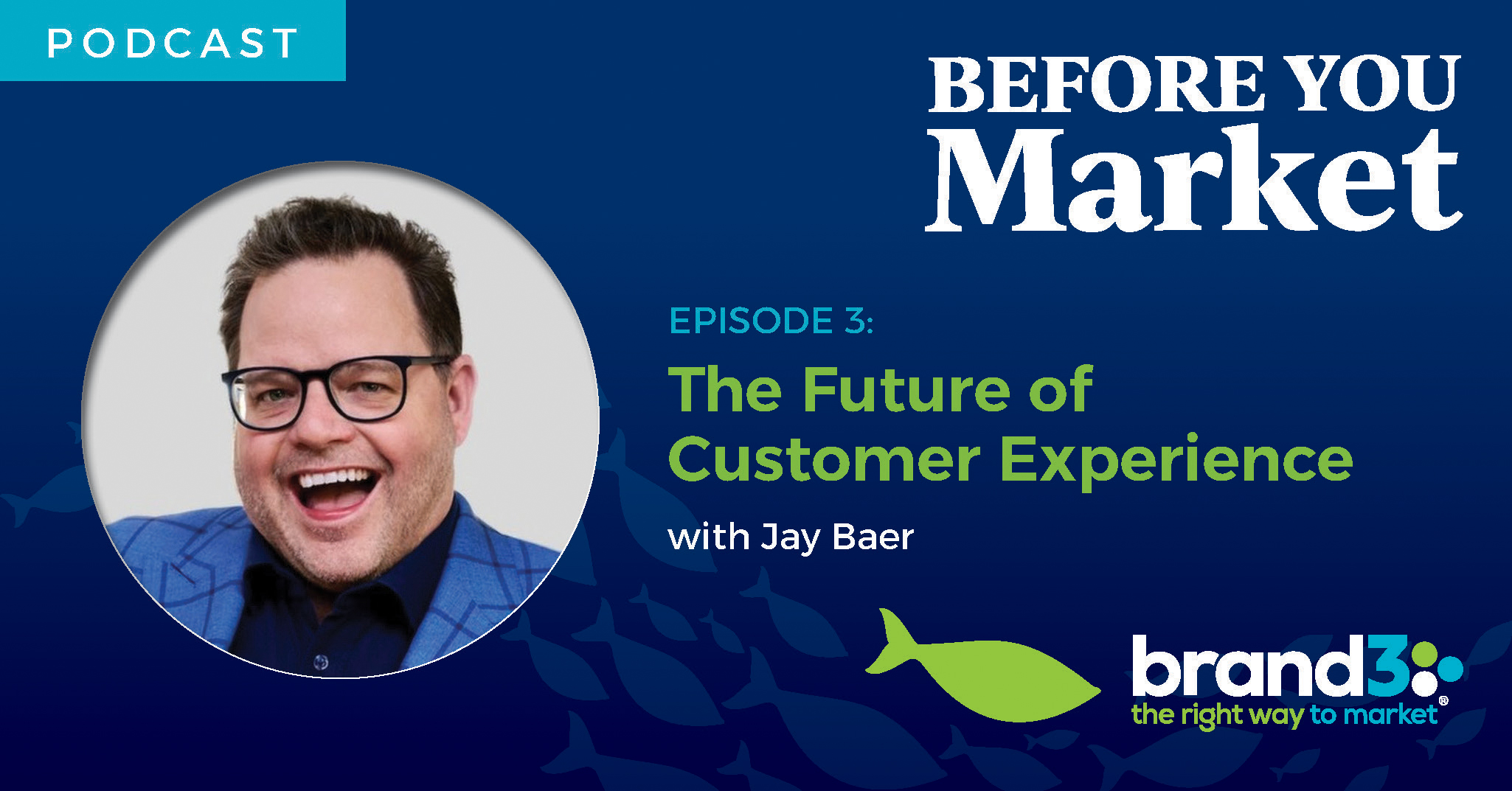
by Guest Author Ken Gosnell, Chief Experience Officer of CEO Experience
In times of crisis or difficulties in the economy, the need for a good brand is more important than ever. Good brands stand firm in times of a crisis. How companies respond during a crisis will often determine how customers feel about the brand after a crisis occurs. Time of crisis and difficulty can often be the best time to develop or enhance an organization's brand.
The brand of a company should communicate the company's value and commitment that the company has to the customer. There is no better time to communicate to the customer then in difficult and hard market times. Small companies or brands sometimes do a poor job of expressing who they are and what they are trying to do for their customers. The small company often think that they are close enough to the customer that they don't have to communicate that value proposition through their brand. Still, companies that don't communicate through their brand misses an opportunity to communicate their value to their customer.
It is always wise for a company to review or enhance their brand, but it is especially thoughtful for a leader to examine how their brand is communicating in a down market.
In working with CEOs as they lead their companies, I have seen 5 mistakes that businesses make pertaining to their branding and marketing efforts. Companies and leaders must understand these mistakes so that they can avoid them and receive a higher return on their marketing investment. Companies can maximize their marketing and branding investment if they work a smart strategy to enhance their brand message by growing their brand market.
5 Mistakes Businesses Make About Their Brand:
1. Companies Remove Mystery for Monotony
There is a lot of companies that look and feel the same. Brands that stand out focus on leaving a little to the mind of the consumer. Customers should be inspired by a brand but should be left by asking, "what is that brand?" And "what can the brand do for me?" For example, what is Nike or Google? A company does not have to have a unique name to leave an impression on its customer base, but it shouldn't look like every other company.
Don't afraid to be bold in your branding, and it will leave an impression if the mind of your customer. Think thoroughly about your brand promise and how you are different than other businesses like you in your market. Every company has its own unique fingerprint, and that fingerprint should be a part of your branding and marketing efforts. One of the best ways that a company can set itself apart is through their tag line that often communicates their brand message in four words or less. Nike's tag line is Just Do It. At Ceo Experience, we have the tag line of Work to Well Done. The tag line inspires a more in-depth conversation about the how and why of a company.
2. Companies Replace Their Customers with Themselves
One mistake that small companies make concerning their brand is focusing on themselves instead of their customer. The best brands are customer-facing, not company-centric. Small companies can excel with their brand because they are often closer to the voice of the customer. Brands who speak to what they do for the customer will always shine over those brands that only focus on themselves. A good brand is one that speaks to the customer and communicates that you understand what the customer wants and why the customer wants it.
A brand refresh can focus on a change of colors, logo style, value proposition, or even brand positioning. Each component of the brand can be created and enhanced by concentrating on how a customer will consider or be impacted by those brand assets. A brand and market strategy is not complete until a company has considered the customer on each component of the brand and the brand assets.
3. Companies Reveal Their Limits over their Professionalism
Many brands reveal the limits of a company. For example, small community brands often look less professional than national brands. National brands are crisp, clean, and consistent. Local brands are often confusing, cluttered, and childish. Professional companies should always work to present a consistent and clear brand. Small businesses should consider if their brand image and message could be used across the world in multiple markets.
Many businesses, for example, only consider their local community when considering a brand. This attitude is a fatal flaw that impacts the power of the brand and brand message. Even small brands can act big and often deliver better than big brands and should have a big brand feel. Therefore, it is crucial and essential that a brand doesn't defeat its possibilities by not developing a professional look and feel. Engaging with brand experts and listening to how customers feel about a brand and its assets are both helpful in thinking about how to develop an authentic and professional brand look and message.
4. Companies Retract Their Message From the Market
The best brands learn the art of promoting their message in the marketplace. Many small companies are afraid to promote their message, and when they do, they do not become memorable. Big brands spend big dollars on marketing. Small brands should be consistent and persistent with their message in the marketplace. When people see a brand over and over again, they are likely to create attraction to their company and their product.
Companies in down markets should focus on how to make their brand message stand out. CEOs can become Chief Encouragement Officers for their brand through social media marketing or through becoming the chief spokesperson for the brand. Companies should not move away from their message in the market at any time, but especially in downtimes. Companies must continue to talk with their customer base and potential customers through speaking in messages that resonate with what the customer is experiencing and relating to the customer at all times. Customers have desires, dreams, and hopes that align with the companies that serve them by helping them accomplish those desires and dreams.
5. Companies Reject Brand Assets for a Brand Logo
Branding and company positioning is more extensive than just a logo. Many small companies believe that they have created a brand when they have selected a logo for their company. Brands are bigger than a logo. A Brand is consistent with a logo, a brand message, an understanding of the customer, a purpose statement, an engaging product, a brand promise, and so much more. Many small companies give little attention to all of the brand assets that help a company to stand out from their competition.
Walking through a customer journey map, or understanding how customers will interact with the company is vital for companies to consider as they develop both the breadth and depth of the brand. Each interaction that a customer has with a brand is an important and defining moment for the customer relationship with a brand and should be considered by the brand. Some important inactions would be (1) first impression (website, ads, social media posts which aid the customer awareness); Hooks to gain attention (customer attention); gathering more information which is a credibility moment (customer trust); first human interaction (customer service); and delivering a well thought out proposal (customer value.) A better brand can be built when a company considers all the ways that a potential customer interacts with the brand.
One last second step thought on branding.
Some of the best companies in existence today are small companies with a thoughtful brand. It is never too late to refresh or reposition your brand. In fact, one of the best tasks that a company can commit to is to think through and improve their brand. A thoughtful brand is a brand that will often be thought of by the customer.
The branding mistakes that can often happen to a company can be avoided and replaced with a better brand strategy. A better brand can be built through consideration of both what the company has to offer the marketplace, and what the customer values and appreciates. A better branding effort is one of the best efforts a company can undertake to create more value and to enhance its sales and marketing efforts to establish a relationship with better customers.



